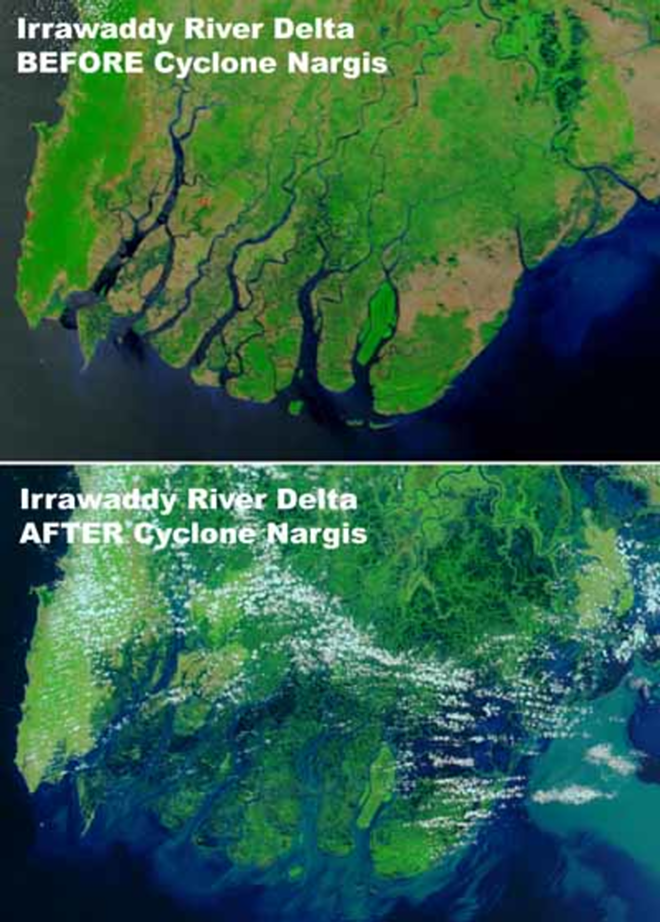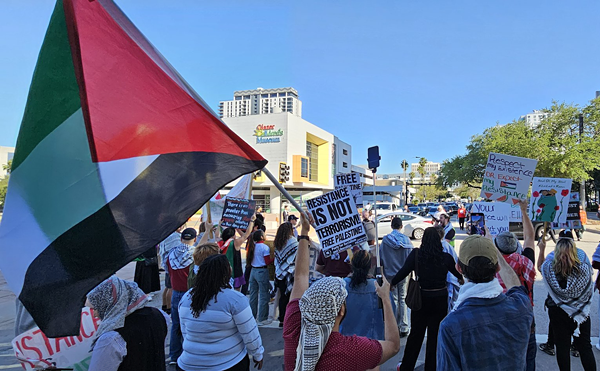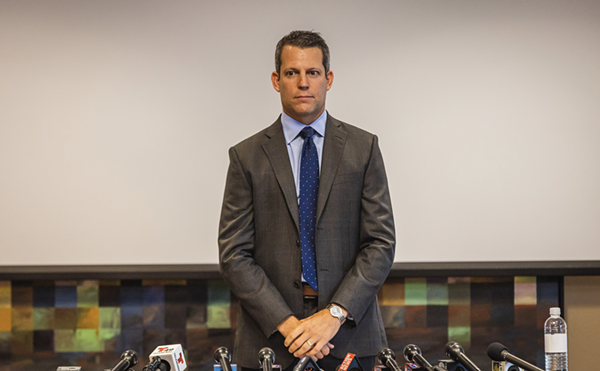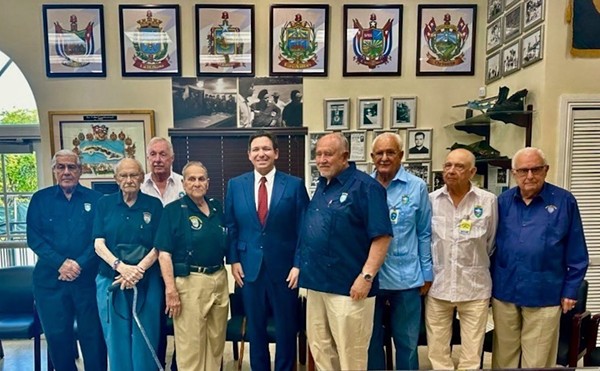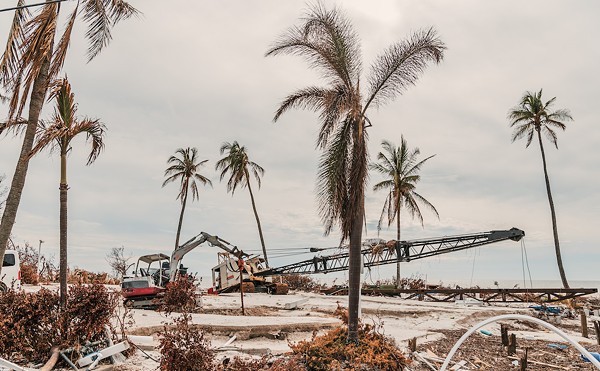Why was Cyclone Nargis so deadly?
For three days beginning May 2, Burma was pulverized by Cyclone Nargis.
With its high winds, two feet of rain and a 12-foot high storm surge that penetrated 25 miles inland, Nargis left a thus-far uncountable number of innocent Burmese people dead.
The closest guesses: The Red Cross and Red Crescent Societies estimate the death toll (as of Thursday, May 15) to be between 68,833 and 127,990.
If reading that makes you feel as bad as I did writing it, you may want to quit reading.
The death toll is still climbing rapidly. The aid agency Oxfam warns it could climb as high as 1.5 million, which would make Cyclone Nargis the deadliest disaster in modern history, by far.
The two current competitors for that grim title are the Asian tsunami in 2004 and the Tangshan earthquake in China in 1976. The tsunami killed at least 230,000 people in 11 countries on two continents. The official death toll of the Tangshan quake is 242,000, but many critics say the Chinese government undercounted on purpose and that the real death toll is close to three times that number.
Why was (and is) Nargis so deadly?
Basically, it's a combination of bad luck and atrocious government. Cyclone Nargis is Hurricane Katrina multiplied by 1,000.
Like Katrina, Nargis hit a densely populated delta of a large river. Katrina hit the Mississippi River Delta. Nargis hit the Irrawaddy River Delta.
River deltas are especially vulnerable to cyclones and hurricanes. They're low-lying and open to the sea. When a storm surge (basically a wall of water pushed by the storm's winds) pushes inland, there are no hills to stop it.
Like Louisiana and Mississippi, Burma's natural buffer from sea storms — coastal wetlands — has disappeared in recent decades. Burma's once abundant coastal mangrove forests have been chopped down and replaced with rice and shrimp farms.
The great majority of the 1,464 Louisianans who died after Hurricane Katrina didn't die during the storm. They died in flooding that began in New Orleans after the storm had passed.
Katrina didn't overtop New Orleans's flood walls. The shoddy walls — designed, built and maintained by the U.S. Army — crumpled. Lawrence Roth, of the American Society of Civil Engineers, called it the worst engineering disaster in U.S. history.
Like Katrina, the majority of Burmese who "died because of Cyclone Nargis" will not have died during the storm. They will die after the storm, victims of their government's storm stupidity, albeit on a much grander scale.
Thanks to Burma's military dictatorship, the people in the storm's path had no warning of the storm. Once a wealthy country, the dictatorship has impoverished Burma. The military hoards the country's resources, and uses them to suppress and kill enemies of the regime.
Believe it or not, Burma doesn't have a single weather radar system to give it advance warning of the cyclone. And even if it did, there's no decent communication system to warn the Burmese.
The storm submerged the delta's rice fields and killed an estimated 149,000 water buffalo — the beasts of burden used by Burmese rice farmers to plow their paddies. For hundreds of thousands of delta Burmese who subsist on locally grown rice, there isn't enough food anymore and no way to plant more. There's no way to evacuate people or bring in supplies from inland because thousands of small boats — the primary mode of transit in the delta — were destroyed by the storm.
Burma desperately needs disaster aid from outside the country, and the military dictatorship is only letting in a trickle. It fears that foreign aid workers will somehow undermine its rule. The fact that U.S. government aid would be coming from our Navy, which has ships and helicopters in the area, compounds their paranoia.
At the moment, there's a good-cop, bad-cop routine going on among international leaders. The bad cops are threatening to deliver aid by force. The good cops are saying, "Hey, dictators, let us in or the bad cops will invade." The longer it takes to convince Burma's military junta to voluntarily admit international relief missions, the closer the final death toll will get to 1.5 million.

